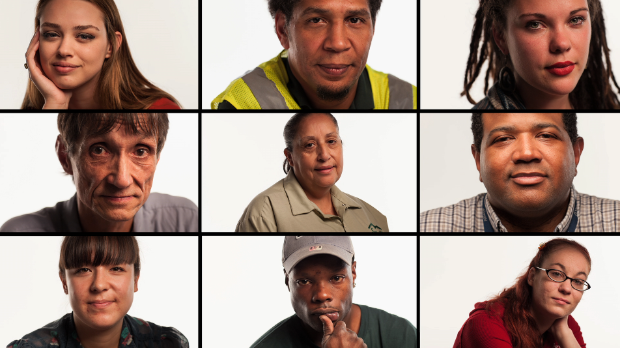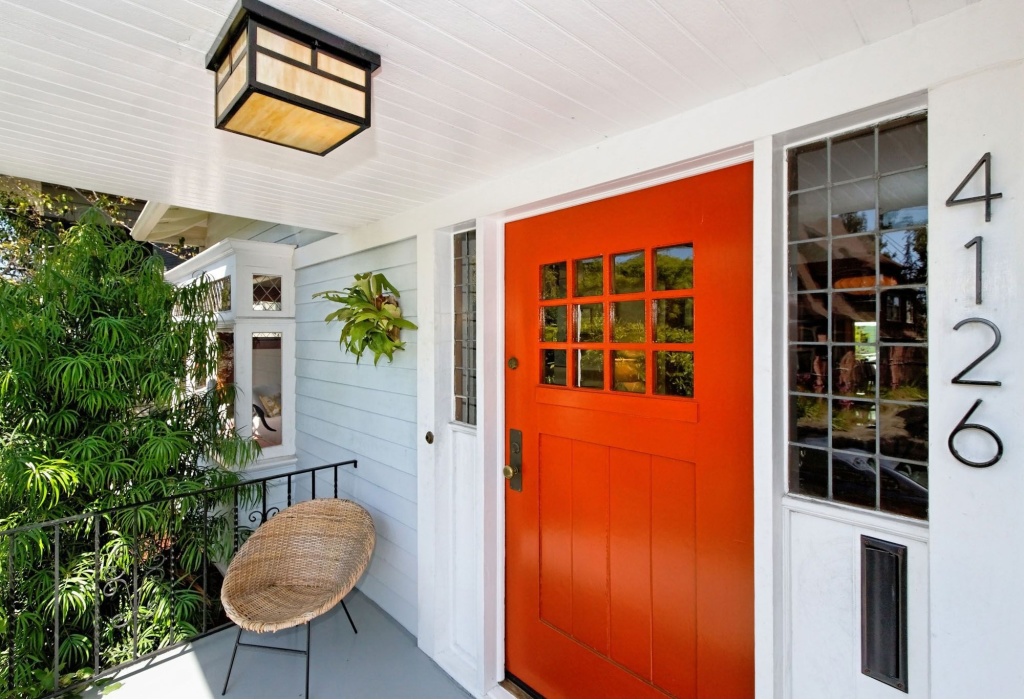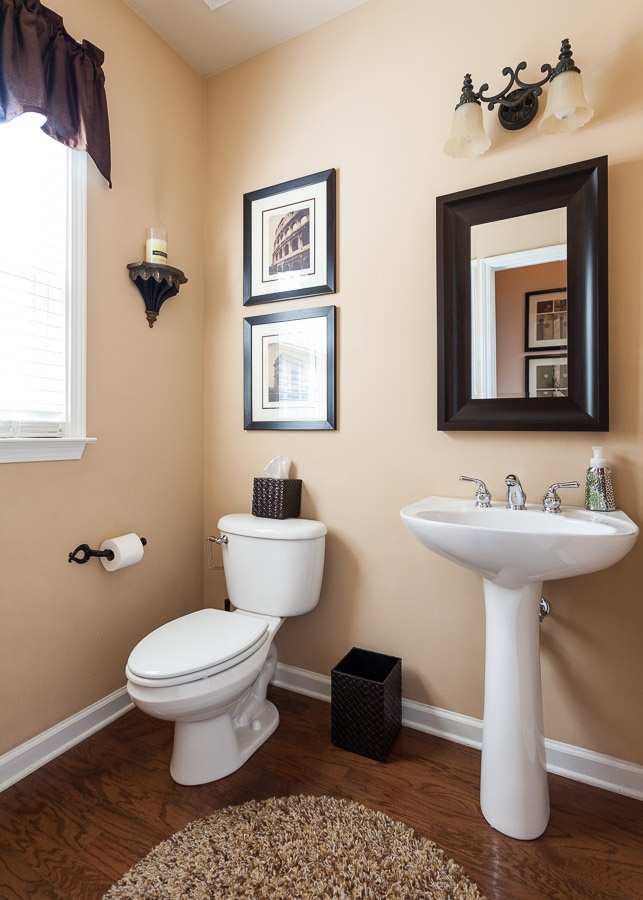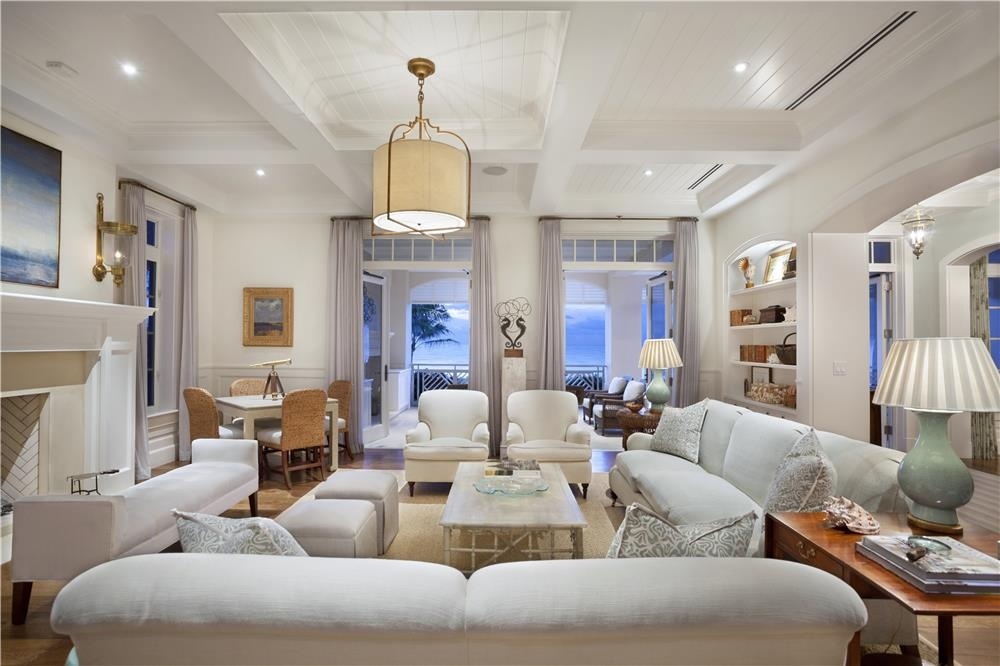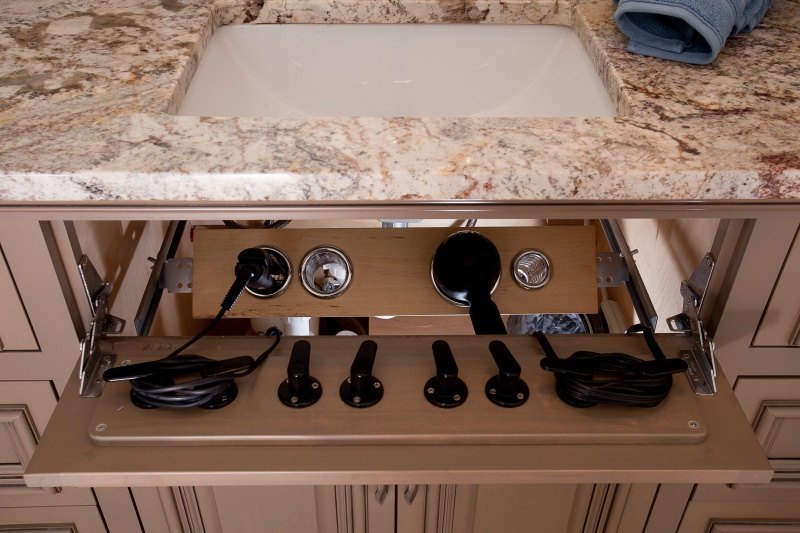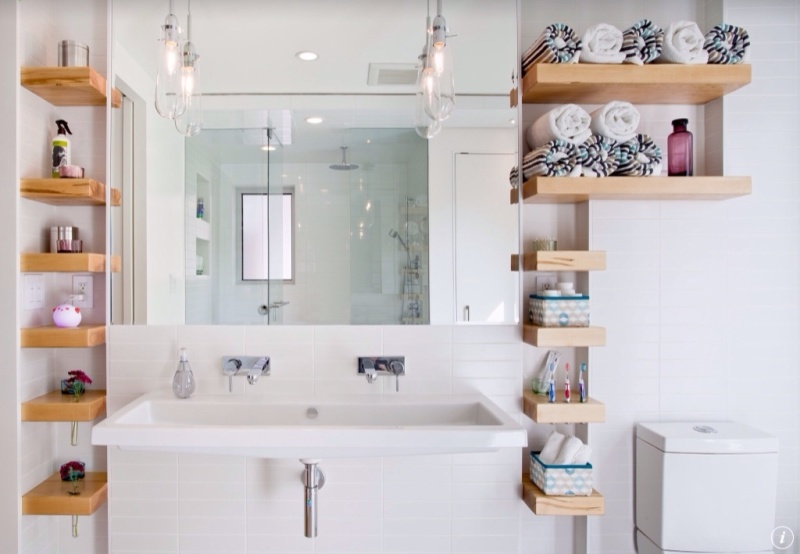By Alana Semuels, The Atlantic @CNNMoney January 21, 2015: 1:59 PM ET
COVINGTON, Ga.
There are
hundreds of stories of failed subdivisions left empty by the housing
bust, where homeowners are stuck staring into vacant lots of PVC pipes
and weeds.
There are very few stories where a half-finished development has been saved from ruin.
The rescue of one such development, by the city in which it is located,
is being heralded as a potential solution to some of the worst mistakes
of the housing crisis. The local newspaper, the Covington News, praised
the project, writing that "a community has been brought back from the
dead."
That Covington, a city 35 miles east of Atlanta, did
anything at all is unusual, said Ellen Dunham-Jones, an architect and
urban-design professor at Georgia Tech who has a chapter on the
subdivision, Walker's Bend, in a forthcoming book, Retrofitting Sprawl.
"I really applaud them tremendously, since its pretty unusual: Cities
just aren't in the business of being developers," she said. "In
conservative districts, there's a philosophical sense that the city as
master developer smacks of socialism."
But some residents say that the way the city intervened in this
subdivision has just made life there worse -- raising questions about
whether or not government intervention in the housing market is a good
thing, and about whether mixed-income housing can ever work.
The Walker's Bend subdivision was approved in 2003, as developers
started building in Covington, a town of 13,000 in fast-growing Newton
County. The development was to have 249 homes across 50 acres, a layout
that would have made most urban planners cringe-- big homes with
attached garages smushed onto small lots, with lots of pavement and
oddly-shaped yards.
Sales stalled in 2007 with only 50 homes
sold and 79 built, though the roads and infrastructure had been
installed for hundreds more. Developer Timber South went bankrupt,
leaving eight different banks the titles to 160 empty lots and abandoned
homes. A map of who owned what in Walker's Bend at the time looks like a
Monopoly board—there were lots owned by Bank of North Georgia, United
Community Bank, The People's Bank, and Enterprise Bank & Co.
Home values were in free fall. Banks started auctioning off the homes
to investors, who in turn rented them out to anyone who would have them.
The crime problems started soon after that. Families who still
lived in Walker's Bend were victims of daytime burglaries. Many of the
homes were isolated, and residents felt unsafe coming home late at
night.
In many places, the city would have shrugged and hoped
that eventually, the market would come back, and the subdivision would
be completed. But city planning director Randy Vinson didn't want to
wait.
Vinson seems an anomaly in conservative Georgia -- he drives a
mini-Cooper, which he parks at the planning department in a sea of Ford
pick-up trucks -- and believes in the kind of walkable development
that's now becoming popular in many parts of the country. A
compact-housing development he helped spearhead in Covington, called
Clark's Grove, looks like something out of a quaint New England village
-- not the sprawl of Atlanta.
He's been criticized by some
locals -- in a letter to the local newspaper, one Covington resident
called him a leader of a "den of wolves," though the writer acknowledged
that Vinson is "thought by some to be God's answer for everything and
by others as the worst thing that ever happened to Newton County."
Vinson's plan for Walker's Bend was unusual -- he wanted the city of
Covington to spend $1 million to buy up the empty lots there. They'd
create more green space and parks, and work with developers to put in
some affordable housing, a senior center, and perhaps a business
incubator. Rather than allow landlords who don't screen tenants, or who
fail to evict bad tenants, to run the development, the city figured it
could control who owned property in a time of rampant speculation.
"We thought, we're going to have rental in here, its obvious, but we
can't let the vultures come in and pick it apart," Vinson told me.
At the time, many cities just left similar projects to rot, said
Dunham-Jones. Some didn't have the money Covington had-- the city has
generally had balanced budgets, even during the recession -- others
didn't have the expertise to get involved in buying and selling real
estate. No one had any idea of how to do this type of intervention, and
there was no guarantee the city would earn back any of the money it
might invest in the area.
"It was a controversial idea -- the
city becoming master developer," Dunham-Jones said. "But I thought the
planning director just did a really extraordinary job."
The city council wasn't on board right away. There were questions about
whether government should really get involved in buying and selling
real estate, and in planning a neighborhood. Companies who had bought
property in Walker's Bend with plans to rent it out were angry that the
city was working with other developers. Homeowners were skeptical that
it would make any difference, and talk of low-income housing units made
some residents nervous.
But the city council had approved the
original Walker's Bend development, and realized it had to do something
to prevent it from devolving further, Vinson said. The final vote was
four to two in favor of spending the money to buy the lots in the
development.
"I think there was a little bit of guilt because
they could see the way that it was headed, that it was kind of cheap and
could end up being a dumpy place if they didn't do something about it,"
Vinson told me.
The first project completed after the city
bought the lots was a rehab of eight townhomes that had fallen into
disrepair. Weeds were growing out front and some of the homes had broken
windows or missing appliances. The city used a HUD Neighborhood
Stabilization grant to buy the properties, and partnered with Habitat
for Humanity to rehab them and sell them to families for the same price
they'd bought them for.
Some of the new homeowners included James and Heather Sorrows, and
Daryl Harris, who were standing in back of their townhomes on a recent
weekday, surveying the neighborhood. Sometimes, when they first moved
into the development and there was empty land everywhere, the Sorrows
and their neighbors would ride Go-Karts through the empty grass where
houses were supposed to be.
The Sorrows paid $53,000 for their
three-bedroom house, which was once marketed at twice that price. The
rehabbed Habitat townhomes look like something you might find in the
nicer areas of somewhere like Old Town in Alexandria, Virginia. They're
all attached, but some have brick facades while others are painted pale
yellow or deep blue. Each townhome has different features, including a
porch or a balcony, and black shutters.
"I like it like this --
with the trees," Sorrows said, gesturing at his backyard, where
fast-growing Georgia pines had sprouted up in empty lots.
But
after the Habitat project, the city began planning new buildings in
Walker's Bend. It sold a handful of lots to a tax-credit developer,
which built 32 single-family homes that it rents out to low-income
tenants. Next, the city worked with the housing authority to build a
three-story apartment building with 28 units, ground-floor classroom
space, and a computer lab for the county workforce-development agency,
called the New Leaf Center. That apartment building is set aside for
low-income residents. A 26-unit apartment building next door is just
being completed for permanent, supportive housing for people with
disabilities transitioning out of homelessness.
The low-income
housing rentals are well-built and spacious, and on the day I visited,
the neighborhood was quiet and calm. They look like single-family homes
with individual driveways and dormer windows on some homes.
There's a large clubhouse for the families in the rentals to share, with
eight white columns out front and large bay windows, something you
probably wouldn't find in many other low-income housing developments.
There's a playground with a gazebo and picnic benches, and sidewalks
lead through the development, encouraging walking.
I talked to a
man named Jovan Reid, who lived in one unit with his aunt, and who
praised the walk-in closets and new appliances in the units. His only
complaint was the lack of parking in the neighborhood.
But residents outside the low-income rentals started to complain. It's
something you might hear anywhere a low-income housing development goes
up. Sorrows, like many of the other early residents, has concerns about
the direction the neighborhood is going.
"When they built that,
that's pretty much when the neighborhood ..." he paused and made a
diving gesture with his hand. Packs of kids now roam the subdivision and
break into cars, litter, and generally create ruckus, he said.
"It was good here 'til you get all these kids destroying everything,"
Sorrows told me. Sorrows says he had no problems with crime until the
low-income housing units were built.
Sorrows isn't angry that
the city built low-income homes, per se, but is unhappy that crime has
increased so much since they've been completed.
"I'm glad they
were able to put more people in homes -- that's awesome," he said. "But
they ought to be more grateful -- keep their kids from vandalizing other
people."
The problems that some people have with Walker's Bend have to do with
what they were promised when they moved in, versus what it turned out to
be.
Felicia Brown is one of the few original homeowners still
left in the development -- many have been foreclosed on or have moved
out. When she bought her home in 2008, she was told the development
would have a swimming pool and a playground. Instead, her home was
surrounded by empty lots, which soon grew shrubs and trees. The crime
started when investors snapped up the homes and began renting them.
Brown's car got robbed. The lights she put out to illuminate her walk
kept getting broken. Her tires were slashed and when her neighbor across
the street moved out, a victim of foreclosure, a bunch of kids started
breaking in and stealing appliances.
"After four or five years,
it started getting bad -- it was a different environment," she said.
"It seems like they let in anybody."
Brown, who works for a
trucking company, has a son in college. Her home value is so low that
she knows she won't be able to sell it anytime soon, so she's forced to
stay in the development. But sometimes, she doesn't feel safe.
Unlike other residents I talked to, Brown doesn't fault the city for
building low-income housing in what was supposed to be her perfect
suburb. Being surrounded by bushes was no good, either, she said --
every day, she'd come home from work and wonder if someone was hiding in
the weeds.
But the crime has made her worry, she said.
"I'm really not happy with the stuff that's been going on lately," she said.
Ginny Elliot is another resident who has been noticing changes in
Walker's Bend. She and her husband moved in to a single-family home as
renters in early 2012, after they lost their home. They live across from
a park, created by the city out of empty lots that were supposed to
have been houses, but Elliot says the neighborhood kids trash it. Their
next-door neighbor was, for a time, a drug dealer, until she got
arrested and moved out, she said. Elliot's bike was stolen from her
front porch, as was her cordless phone. Her husband recently purchased a
rug that sits on the couple's front walkway that says, "Warning: There
is Nothing Here Worth Dying For," with a picture of a hand holding a
gun.
"It looks like Mayberry here, so people come, but they're
looking for an escape, rather than for a place to plant themselves," she
said.
Elliot and her husband had been considering buying their
home from their landlords, who are putting it up for sale soon. But
recent developments made them question whether the neighborhood is a
place they want to continue to live, she said.
Other residents
were unhappy about the recently completed apartments in the New Leaf
Center because they look like a typical three-story, brick apartment
building and aren't the single-family homes that were originally
planned. People who live in homes next to the apartment building feel
that they are being peered on from above by the tenants on the second
and third floors. They also complain about the portable toilets and
construction equipment resting in the field where the senior center
might someday be.
I was initially surprised at the negative reaction I got from many of
the families in the neighborhood about the building the city had helped
facilitate. After all, urban planners hold up Walker's Bend as an
example of planning that worked. And weren't the new buildings better
than vacant lots, no matter who lived there?
John Collins, the
owner of Potemkin Development, which built the affordable-housing units,
said he wasn't surprised that residents were grumbling. Walker's Bend
was the first time his company had built low-income units in a failed
subdivision, he said. But residents are usually not happy when a
low-income development is approved in their neighborhood.
"The haves complain about the have-nots moving in next to them," he told me. "It goes with the territory."
The alternative to low-income housing would have been worse, he said.
"Do you really want a PVC farm in there -- nothing but open homes and
weeds?" he said, referring to the ubiquitous coils of orange pipe often
found in failed subdivisions that have infrastructure like roads and
electricity but no homes.
Some academics have recently raised
doubts about whether mixed-income housing can really work to
economically integrate neighborhoods. A
paper published last year
found that the idea that lower-income residents would find connections
by living near middle-class homeowners does not always play out.
"Disputes around whether residents should have the right to occupy
public space are raced, gendered, and classed," wrote the authors, James
C. Fraser, Robert J. Chaskin, and Joshua Theodore Bazuin. "For example,
studies find that market-rate residents tend to identify young
African-American men as a threat simply because they are exerting a
right to convene and converse in public space."
These tensions are exactly the type I heard about from middle-income homeowners -- both black and white -- in Walker's Bend.
Vinson, the city planner, defends the low-income units that were built,
arguing that because of the way the income limits are controlled, 75%
of residents of Covington could qualify to live in the homes built with
Neighborhood Stabilization funds (some of the homes must go to
low-income families, the rest can go to families earning up to 120
percent of area-median income).
"If you look at the folks
coming and going from brick bungalows or New Leaf Center, they don't
look any different or act any different from any other resident in that
neighborhood," he said.
Besides, the city's plan didn't only
include low-income housing. It's just that the other parts of the plan
haven't yet materialized. That's because when a city steps in to save a
subdivision, it has to depend on a host of government-funding programs
that may or may not come through.
One aspect that should happen
eventually is the construction of 60 units of senior housing at the
entrance of the subdivision. A developer had submitted an application
for a tax credit to build the housing, but did not receive it. It plans
to reapply this year, which could lead to construction by mid-2016.
The last aspect, which Vinson had really hoped would tie the
neighborhood together, was a plan for dozens of market-rate,
single-family cottages. The homes, as designed, are lovely, with porches
and the highest-energy efficiency. The city secured funding from the
state to help buyers with $15,000 in downpayment assistance, found
builders interested in constructing the homes, and even recruited
potential buyers, who went through a 16-week home-buying program to help
them manage their finances.
But home values were so low at the
time that Vinson realized the potential homeowners would never be able
to get a loan because the homes would cost $70,000 but be appraised at
$40,000. The project was shelved until home values in the area start to
rebound.
That's part of why Vinson still sees the project as unfinished.
"I'm nervous that if it just stopped here, it would not be seen as a success," he said.
The city will have made a profit on the development when it's
completed. It earned back the first half of its million-dollar
investment from Neighborhood Stabilization money. The second half will
come when it sells the land for the senior housing. But the city will
still own 45 lots, which it estimates it can sell eventually, earning a
total profit on the project of $500,000 or so.
But even without the financials, Vinson does believe that the city is better off for stepping in to save Walker's Bend.
"We hand-selected our landlords," he told me. "There are landlords out
there that could definitely bring down the value of the neighborhood
because of the way they handle things -- we found landlords who run very
tight programs."
Dunham-Jones, the architecture professor, says it's too soon to make
any final pronouncement on Walker's Bend. Residents need to wait until
the market picks up so that builders are willing to build market-rate,
single-family homes to make the neighborhood more mixed-income.
"I do think that the concerns that its just going to become this ghetto
of subdivised housing are legitimate concerns," she said. "But the
structure is in place to allow the market to play itself out -- it's
certainly too soon to really tell."
A two-bedroom home in Covington could now sell for about $85,400,
according to Zillow,
still 26% down from the peak in 2008. But it's up 50% from a low less
than two years ago. What's more, Covington home values generally are
helped by the development, and by fewer foreclosed lots on the books,
Dunham-Jones said.
"It just depends on how you are defining
success," she said. "Are you judging success according to the homeowner
who bought a house in a subdivision that sadly, went bankrupt, or are
you judging it on a community finding ways to meet the needs of your
low-income residents?"
This article originally appeared on The Next Economy, a joint project of The Atlantic
and National Journal
.
